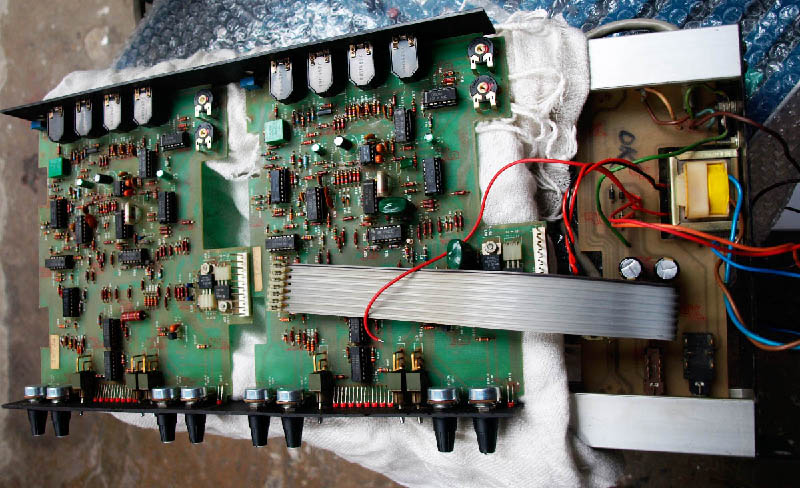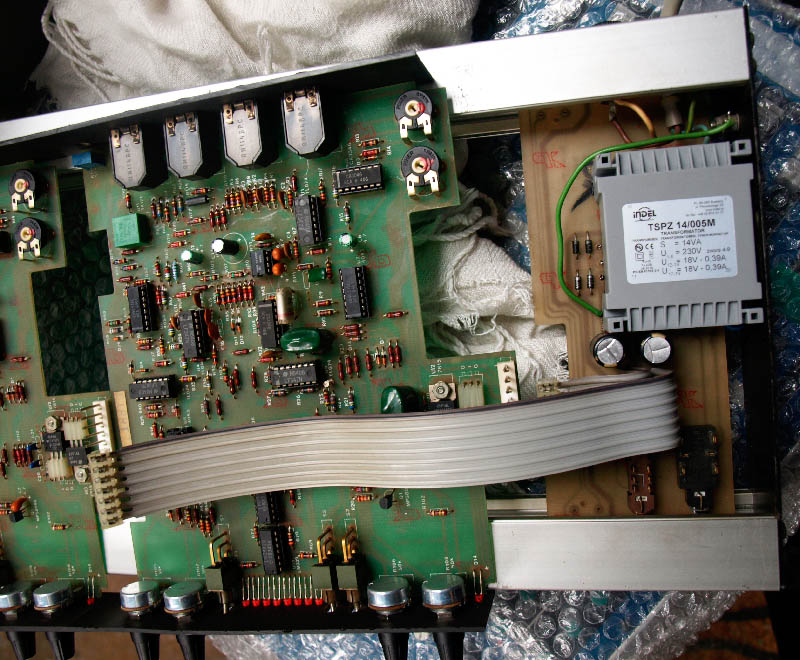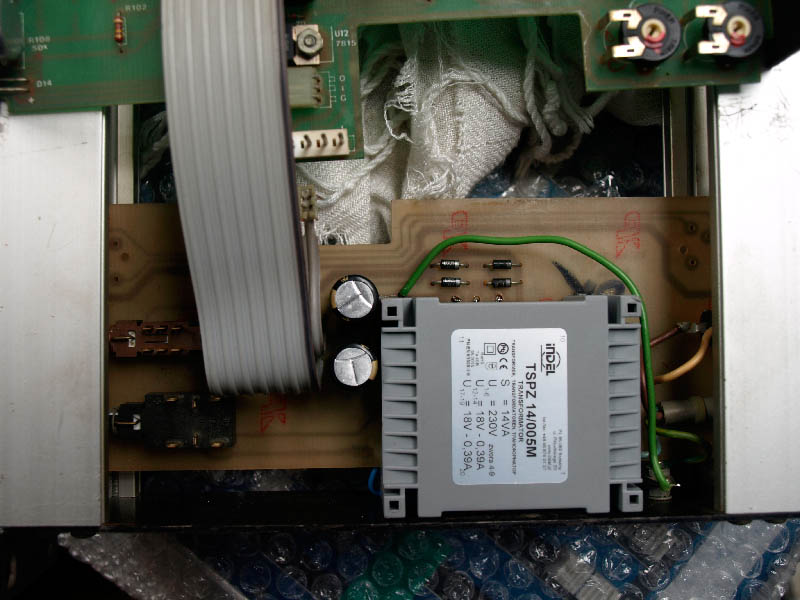saint gillis
Well-known member
https://groupdiy.com/index.php?action=dlattach;topic=44848.0;attach=11248
Hello just to share my experience repairing a dual 19" rack of these. I realized there was a hum at the output, but only when booth compressors were powered. Like if the power transformer was undersized. And in fact it is a 2x12VAC (120mA IIRC) instead of 2x18VAC 340mA on the schematic.
The crazy thing is that it really looks like original design !
Hello just to share my experience repairing a dual 19" rack of these. I realized there was a hum at the output, but only when booth compressors were powered. Like if the power transformer was undersized. And in fact it is a 2x12VAC (120mA IIRC) instead of 2x18VAC 340mA on the schematic.
The crazy thing is that it really looks like original design !















![Electronics Soldering Iron Kit, [Upgraded] Soldering Iron 110V 90W LCD Digital Portable Soldering Kit 180-480℃(356-896℉), Welding Tool with ON/OFF Switch, Auto-sleep, Thermostatic Design](https://m.media-amazon.com/images/I/41gRDnlyfJS._SL500_.jpg)





















